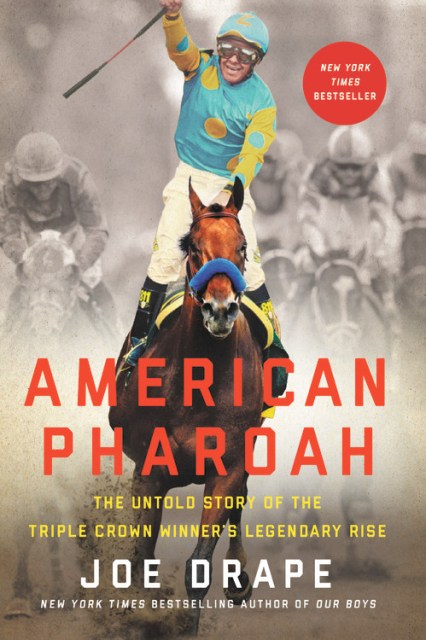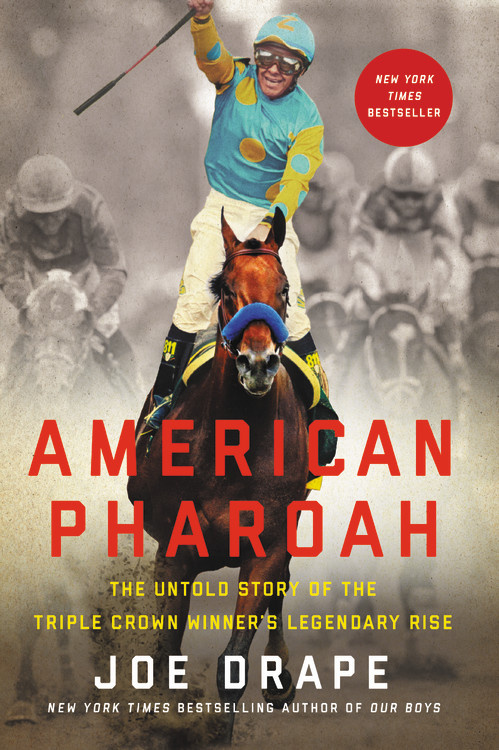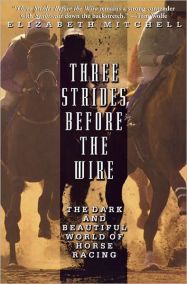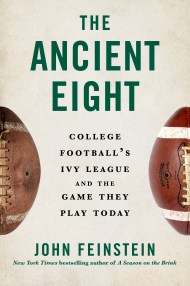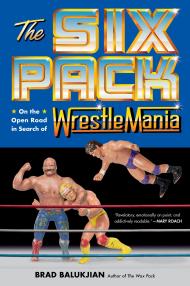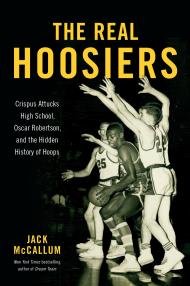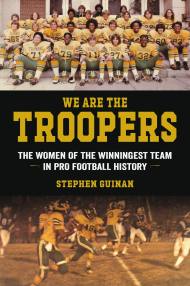Promotion
25% off sitewide. Make sure to order by 11:59am, 12/12 for holiday delivery! Code BEST25 automatically applied at checkout!
By clicking “Accept,” you agree to the use of cookies and similar technologies on your device as set forth in our Cookie Policy and our Privacy Policy. Please note that certain cookies are essential for this website to function properly and do not require user consent to be deployed.
American Pharoah
The Untold Story of the Triple Crown Winner's Legendary Rise
Contributors
By Joe Drape
Formats and Prices
- On Sale
- Apr 11, 2017
- Page Count
- 304 pages
- Publisher
- Grand Central Publishing
- ISBN-13
- 9780316268851
Price
$21.99Price
$28.99 CADFormat
Format:
- Trade Paperback $21.99 $28.99 CAD
- ebook $10.99 $13.99 CAD
- Audiobook Download (Unabridged) $24.99
This item is a preorder. Your payment method will be charged immediately, and the product is expected to ship on or around April 11, 2017. This date is subject to change due to shipping delays beyond our control.
Buy from Other Retailers:
History was made at the 2015 Belmont Stakes when American Pharoah won the Triple Crown, the first since Affirmed in 1978. As magnificent as the champion is, the team behind him has been all too human while on the road to immortality.
Written by an award-winning New York Times sportswriter, American Pharoah is the definitive account not only of how the ethereal colt won the Kentucky Derby, Preakness, and Belmont Stakes, but how he changed lives. Through extensive interviews, Drape explores the making of an exceptional racehorse, chronicling key events en route to history. Covering everything from the flamboyant owner’s successful track record, the jockey’s earlier heartbreaking losses, and the Hall of Fame trainer’s intensity, Drape paints a stirring portrait of a horse for the ages and the people around him.
-
"The fleet-footed American Pharoah: The Untold Story of the Triple Crown Winner's Legendary Rise rides into the winner's circle via effortless prose, well-reported insider details, a compelling human cast of characters - and an irresistible horse: smart, focused and fast."USA Today, 3 1/2 stars
-
"The tale [Drape] spins ends up being one that transcends athletics, a story of adolescence and smalltown life. . . . From the opening practice to the Redmen's final game, Drape flawlessly paints a picture of how Smith Center achieves perfection year after year. . . . Drape gives the reader a team worth rooting for."Publishers Weekly
-
"American Pharoah is lucky to have Joe Drape. Actually, they're lucky to have each other. No horse has given the preeminent chronicler of 21st century thoroughbreds better material and no other writer could do justice to such a terrific athlete and story. They deserve each other-and anyone who cares about horse racing deserves this book."Jeremy Schaap, author of Cinderella Man and Triumph
-
"There is much to admire in this comprehensive and often candid book."Washington Post
-
"There is much to savor in the 292 pages...Drape delivers lively accounts of the sport's biggest events and the assorted newsmakers, on and off the track."Bergen Record
-
"Drape takes the reader behind the gate for the inside story of American Pharoah's climb, and to the track for every dust-flying, crowd-roaring minute."Garden and Gun
-
"Nobody writes about horses like Joe Drape. He takes you around the track, makes you hear the roar, feel the thrill, see the rich, shadowy, behind-the-scenes world so few us really understand. His writing is as effortless as it is necessary. American Pharoah is an epic American classic, a modern-day Seasbiscuit. If you read just one book about horse racing, read this one."Drew Jubera, author of Must Win: A Season of Survival for a Town and Its Team
-
"A page-turner .... With his deep knowledge of horse racing, and sharp eye for detail, Drape weaves a compelling narrative from an unlikely cast of characters around an even more unlikely four-legged hero."National Book Review
Newsletter Signup
By clicking ‘Sign Up,’ I acknowledge that I have read and agree to Hachette Book Group’s Privacy Policy and Terms of Use
